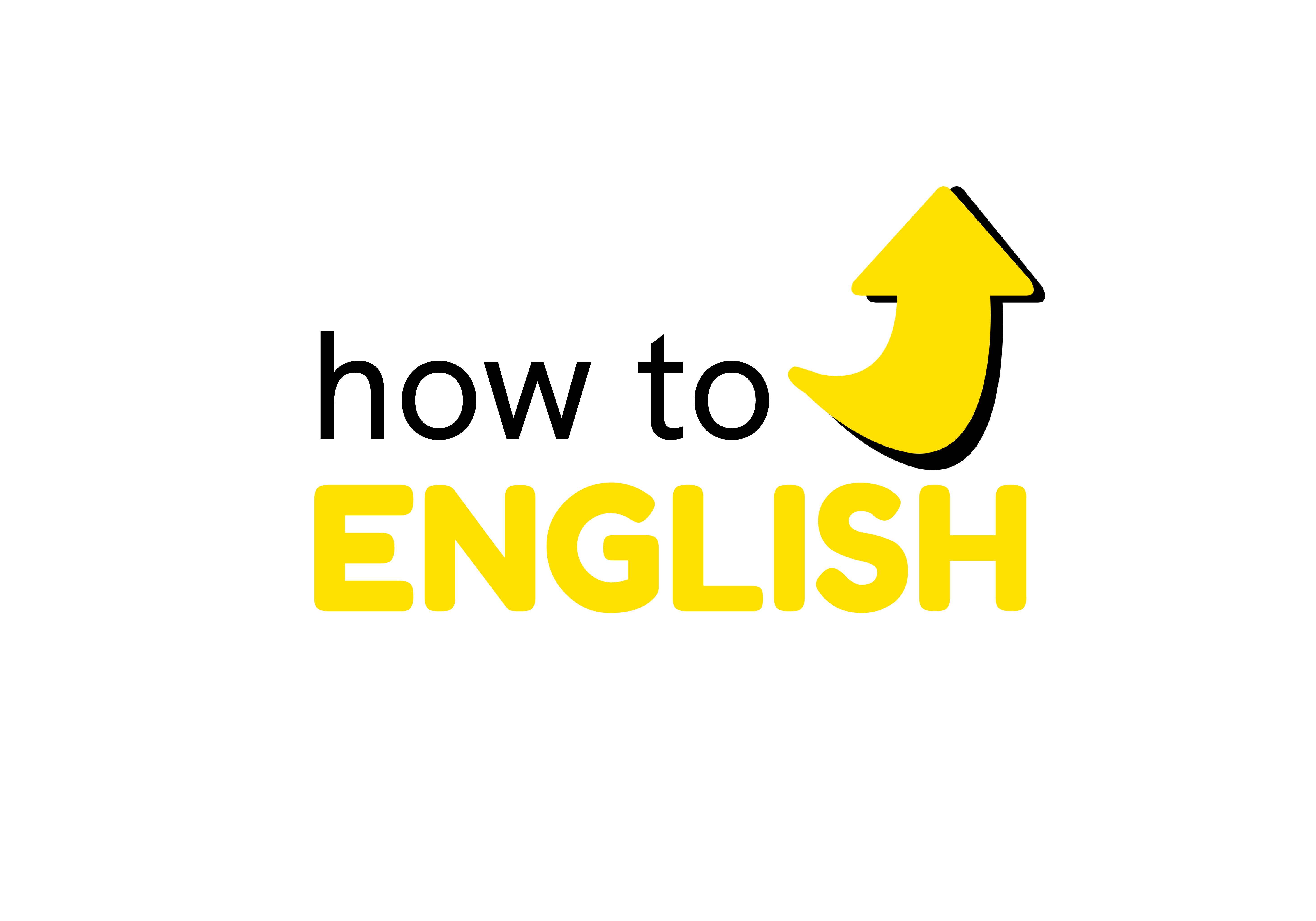“It is easier, far easier, to obey another than to command oneself”, Irvin D. Yalom
At first, the crowd laughed at this young man’s funny style.
Others who had seen it for the first time compared it to watching a fish in a boat trying to get back into the water.
But as he cleared the bar again and again, they began to cheer him on.
It was the high jump final in the 1968 Summer Olympics in Mexico City, and Dick Fosbury was about to change the sport forever.
Against all expectations, he had advanced through the rounds with a jumping style that nobody had ever seen.
He continued clearing the bar, and got to the point where he was guaranteed a silver medal.
His opponent failed his final attempt at 2.24 metres, and Dick Fosbury was one jump away from gold.
He stood there, the crowd cheering, and imagined every step he was about to take on his approach to the bar.
He starts running.
When he gets to the bar, he jumps up, bending his back over the bar, winning gold, a new Olympic record, and lands straight in the history books.
A game-changing moment in sports history.[thrive_leads id=’1049′]
But the story of the development of his style is even more interesting.
Up until this point, everybody had been jumping the same way: by raising the front foot and leg first and rolling over the bar with the front of the body.
This kid comes along and does the complete opposite, bending his head and back over the bar first, with the rest of his body following him.
Nobody had ever thought up to this point that they might not be doing it in the best way.
Everybody else did it like that, so everybody just carried on doing it.
The funny thing is, Dick Fosbury wasn’t a good high jumper. He found coordinating the different parts of the traditional jump difficult, and didn’t progress very well.
Any other person would have given up and taken up a different hobby.
But Dick was inquisitive and determined to do better.
So he identified his weaknesses and worked on them with the idea of improving or eliminating them because, of course, the easiest way to make progress is to identify and remove obstacles.
This process pushed him to huge success and world fame, and it revolutionised the sport.
Nowadays, in modern high jumping, it is the only jumping style athletes use.
Let’s look at the word ‘improvement’ for a second.
What does it actually mean exactly to improve in a particular skill?
It means you either produce better results than before, or make fewer mistakes than before.
Simple.
In the context of language learning, it could be, for example, to produce a sentence using more advanced grammatical structures or vocabulary, or to make fewer mistakes when speaking or writing.
Let’s look at mistakes.
Getting rid of mistakes is the easiest way to improve in English.
All you need to do is find them…
That too is easy.
To do this, you need to analyse your language skills and look at what obstacles are in your way.
Self-analysis is an extremely important exercise that will give you complete control over what you learn and how you progress.
Find your weaknesses.
Find the things you don’t know but would like to know.
Find the things you don’t completely, one hundred percent understand.
Then learn those things.
As I always say, work on improving your weaknesses, your strengths will look after themselves.
The ability to know what you don’t know will be your biggest strength. As Socrates famously said, “Wisest is he who knows he does not know”.
If you know what you don’t know, then all you have to do is go learn that thing.
Easy.
And only you can figure out what it is that you don’t know.
Not sure what your weaknesses are?
Fill in the blanks in the following statements, and that will give you a good idea of the path you need to follow.
I make mistakes with ____ in English.
I’d like to know how to ____ in English.
I don’t completely understand ____ in English.
Here are a few examples.
“I make mistakes with dependent prepositions in English”.
Great! Check this out, do this simple exercise every day for a couple of weeks, then go find another weakness.
“I’d like to know how to increase my vocabulary in English”.
Fantastic! Read this first, then when you finish the post, read a book.
“I don’t completely understand how to use third conditionals in English”.
Awesome! Just read this post, say fifty third conditionals with the correct structure, and you’re done.
Be careful when you analyse your weaknesses, though.
So many people say things like, “I make mistakes when I speak. I need to improve my speaking”.
No.
You make mistakes with grammar WHEN you speak. That’s not a speaking problem. That’s a grammar problem. Go learn grammar.
“What grammar?”
Well, what grammar mistakes do you make exactly?
The answer to that question is what you should go and practise.
Identify one weakness per week.
Learn it, practise it, perfect it.
Then identify another weakness the following week.
Remove the obstacles that are in your way, and the road becomes clearer.[thrive_leads id=’1049′]
